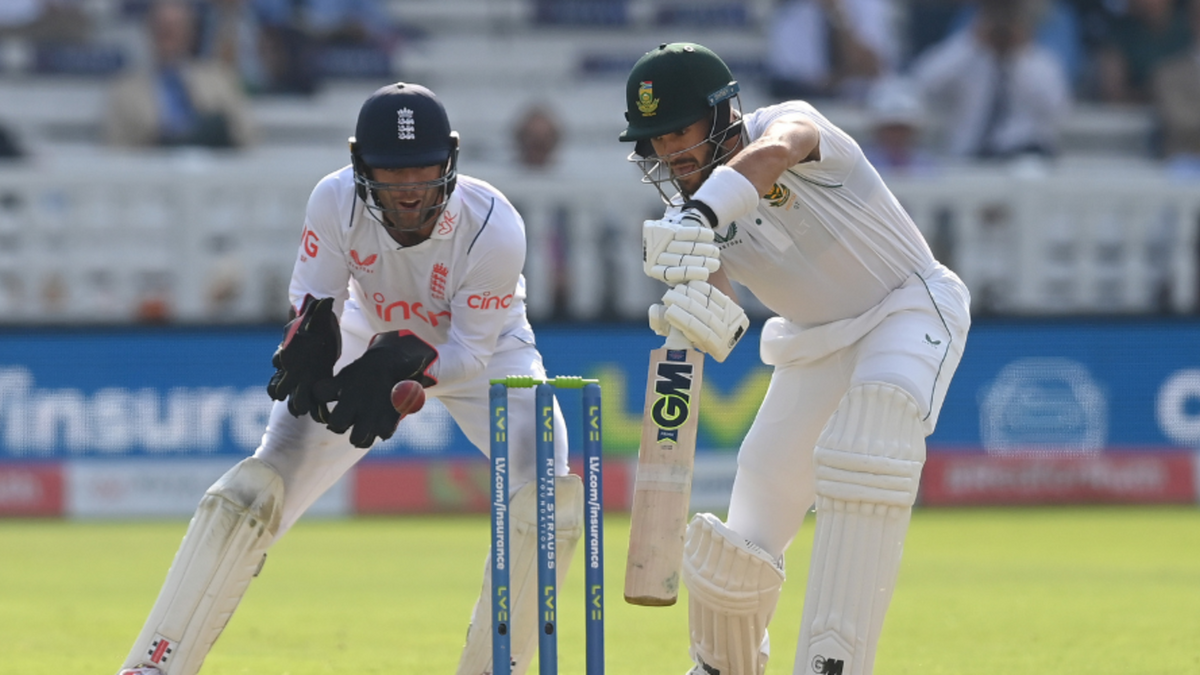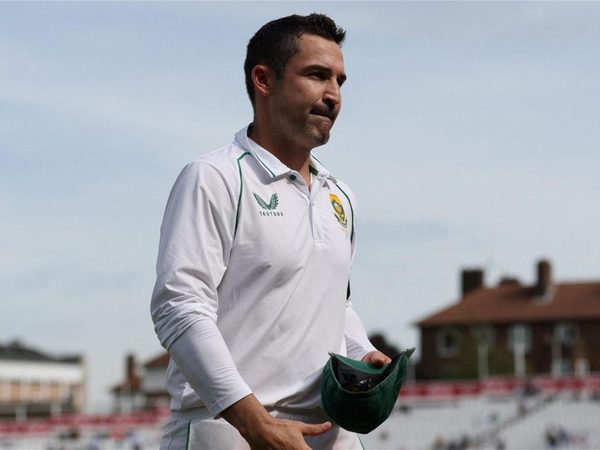
Aiden Markram has long been touted for greatness in the South African cricketing circles. But at 27 years of age, there is still a question mark over whether he can truly realise his potential in the longest format, writes Shashwat Kumar.
Even before Markram had made his Test bow, there was a buzz around him. In 2014, he became the first South African captain to win a World Cup, albeit the Under-19 version. He followed a 150-ball 102 against Hampshire with 71 against an England Lions attack that included Sam Curran, Jamie Overton, and Jack Leach in a match South Africa A lost by 257 runs. That convinced the selectors to fast-track him into the Test side in September 2017.
Markram scored 97 on Test debut, and missed out on a hundred only because of a mix-up with Dean Elgar. He was visibly distraught back then. Yet, those who had watched that knock, felt they had a serious player on their hands.
The purple patch continued as he got a hundred against Bangladesh in his second Test match, and another against Zimbabwe at Port Elizabeth (now Gqeberha). Later that summer, he got an excellent 94 against India at Centurion, an innings that highlighted his rich array of strokes as well as his temperament to dominate a top-quality attack.
His finest Test hour, however, came during the home series against Australia later that summer. In the opening game, South Africa had to hunt down 417 in the fourth innings at Durban, and were staring down the barrel at one stage, getting reduced to 49-4. Markram, though, did not flinch.
Even as wickets fell around him, he held his end of the bargain to score one of the best fourth-innings hundreds in South Africa in this century. Of his teammates, only Quinton de Kock and Theunis de Bruyn crossed 30 in that innings. Yet, Markram batted as if he did not care one bit about the Australian bowlers’ aura or the deteriorating conditions.
Later in that series, he complied another ton, this time in Johannesburg to help South Africa secure a 3-1 series victory. That series has gone down in the history books for all the wrong reasons (hello, Sandpapergate). That Markram went toe-to-toe with an incisive Australian bowling attack is often forgotten.
Unfortunately, that promise is yet to translate into tangible returns. Markram has scored a solitary century since that ton in Johannesburg. He averages 34.89 in the longest format, the fifth-lowest among all specialist South African batters to have played a minimum of 30 Test matches this century. Since the start of 2020, he averages a tick over 28 with only four scores of fifty or more.
Thus, it would not be unfair to ask why South Africa are so persistent with Markram. His last hundred came back in 2021 against Pakistan, and he has simply not been scoring enough runs. His technical flaws, especially while opening the batting, have also been exploited mercilessly.
What makes Markram different from some others, however, is the ability to thrill and win games of cricket when he clicks into gear. The crisp cover drives, back-foot punches and whips past mid-wicket last long in the memory, making you – and every South African fan – want to watch it, even if it is for a very brief stretch.
It is, in some regards, similar to the conundrum England are facing with Zak Crawley. Both men like to throw their hands at the ball, often using their inclination to drive as a tool to dominate. It leads to frequent edges and tough periods of examination against top-class bowlers. In Brendon McCullum’s words, it also paints them as players who are not meant to be consistent.
In a world yet to be completely permeated by Bazball, however, there is still room for someone like Markram to be slightly more consistent and do justice to his talent. What he probably needs to do is back his defence and wait for the right moments to attack. At the start of his career, the bowlers were probably not aware on where they could attack Markram, and allowed him greater freedom to play strokes and transfer pressure. Now, they understand the need to play on Markram’s patience and wait for him to commit an error.
Changing strategy, that too abruptly, is seldom easy. However, if his track record is an indicator, Markram should be able to get through this phase too, provided he acknowledges there is a problem to be solved in the first place. That is something South Africa have been punting on ever since he had made his Test bow. It had not taken him time to capture the imagination back then. If anything, the knocks at the start of his career possibly helped him retain a place in the side today, despite not producing similar numbers.
But that is the catch with players of his ilk – players who make batting seem easy and beautiful, forcing you to overlook inconsistency. You never really want to move away because the temptation of them single-handedly winning games of cricket is too hard to resist; Markram has scored 50 or more 14 times in his Test career till date – a number certainly not indicative of his evident class. There is talent, of that there is no doubt at all. How long can it justify a spot for Markram, though?
Sarel Erwee has done whatever South Africa have asked of him in his brief Test career. Rassie van der Dussen refuses to throw his wicket away. Temba Bavuma is batting as well as he has ever done in the longest format. And in Ryan Rickelton, South Africa have a batter capable of making the step up.
Sheer talent may no longer warrant a place for Markram in this South African side. At 27, however, he still has the time to become the batter everyone thought he would become. Whether that will happens is anyone’s guess at the moment. However, it will cease to be Markram’s story were it was not shrouded with uncertainty, with the promise of a brighter dawn and potential greatness.








